I was here the imprint in the snow seemed to scream. I leave no mark on the world in my everyday life but occasionally, on the rarest of circumstances I can show the world I exist. I am more than the shadow streaking across your deck, or the flutter in the corner of your eye. I am color and shape and sound when you see me but I leave no mark on the world. I am transient. I may be with you for days or even months then I’m gone. You remember me perhaps but in an impermanent kind of way. An after thought of summer. A pleasant memory of my life as I go about my business as if my only purpose is to give you pleasure. But I exist as an individual and I leave my mark when I can for as long as the sun allows it to stay or the arriving wind blows across it wiping the snow clean of my presence. So see me now, for I am here. This is my mark.
Monthly Archives: November 2014
Back To Basics
In my business which is Photography, every once in a while it’s good to get back to basics. Get back to your roots, your foundation if you will, so you can get a better perspective on where you’re at now. Are you any better? Has your technique improved? Are you still seeing the shots you saw when all this was new, or are you starting to lose touch a little. Getting a little stale.
Hopefully you’ve improved. Technical skill should definitely be better. You got new and improved gear that is technically superior to what you were using back in the beginning. Post processing should be way up too. The software has been improved to the point of being magic. But the big thing is, and what is the single most important skill a photographer has, is, has your eye improved. Are you seeing things in a new way after years of experience, or are you still shooting the same way you did when you first started. Retaining a lot of the enthusiasm and developing the style you began in the beginning is ok but has your vision clarified and increased your ability to capture what you’re seeing in a better way. Are your pictures working better. These are the questions I ask myself when I go back to basics.
The difference in your early work, and is it better, is when you showed someone your images then and they said “Oh, cool. Where’d you see that?” and when they see one of your images now and say “Oh man, Unbelievable. That is incredible.” I like to hear the second one best. I don’t always get it but I get it a lot more than I used to. One hopes that indicates progress.
The shot above is one of my earliest images taken in Yellowstone way back when digital cameras were still diesel-powered. I like to think it still works. I refer back to this time period a lot because it was a time of greatest excitement for me, everything was new. I couldn’t turn around without taking a zillion photos. I literally shot thousands and thousands of images then, while terrified I was going to miss something and not get it recorded. The gear was less sophisticated, as was the software, and everything revolved around your eye, what would make a compelling image, what would be a unique view that the observer of my work would see for the first time as I did. The view finder was everything.
The jury is still out on my improvement percentage. I like to think I still see things the casual observer misses. I still get goose bumps when I see an image that really works and I realize that I created it. So I have decided there is nothing more for me to do but keep shooting, keep learning, keep seeing. Maybe one day I’ll know for sure what my status is. Until then I can keep referring to what I’ve done in the past and hope for the best.
Dawns Early Light
Why eagles fly. If you’ve ever asked yourself that question I’m sure you’ve come up with the most obvious answer. Because they can. But I think there’s a deeper answer and that is because they want to.
I’m not talking about the fact that they’ve come down the pike genetically designed to fly, or they need to fly to hunt and eat, or to find mates, all the stuff biologists and those other folks who collect facts and figures about them talk about when they describe birds, of course those are reasons.
I’m talking about the feelings that one gets when seeing a bird gliding effortlessly across the sky, hawks riding the thermals or matching the pitch and shape of their wings so that they hover there against the bright blue sky, motionless for as long as they want to be, before swooping down in a breathtaking dive to collect their next meal. Or seeing two Golden eagles performing the most amazing aerobatics during their mating flights, rushing past each other with all the speed they can gather then turning at the very last moment and grasping each others talons to tumble-down towards the earth in a dizzying spiral, letting go just before they strike the earth to swoop away and climb to the very heights of their abilities, to repeat it again and again.
Or just the gentle flight from last nights perch to a new one, one better placed to catch the dawns early light. Watching the subtle shades of the morning light turn from the warm colors of the early sun towards the harsher colors of full day as they make the flight, exercising those wings stiff from last nights cold. If we see this and experience that feeling of intense but quiet joy at their limitless freedom imagine what the bird feels.
When I was younger I read a book called “The Once And Future King” by T. H. White. You may have read it yourself, I know you’ve probably seen the Disney movie “The Sword In The Stone” which is the first part of The Once and Future King and it is where Wart, who is to become King Arthur in the not too distant future is changed into various animals and birds as lessons in life by Merlin, his wizard tutor.
The part where he is turned into several different hawks and other birds has always stuck in my mind. I want to do that. I mean it, change me into a Peregrine falcon right now. T.H. White’s descriptions of the various changes that Wart goes through are written in such a way that you almost feel you could understand how that would work. What it would feel like. It is one of the reasons that I try and capture the feeling in my images in the hope that I can bring to life what I’m seeing and feeling when I get to see sights like the one above. This is a shot of a Bald Eagle heading for a sunnier perch than he spent the night on, at Bosque del Apache wildlife refuge. The colors are courtesy of the early morning sun.
Veterans Day
Veterans we thank you. Thank you to all who served. To those who came back and started families and lived a life fulfilled, Thank you. To those who came back sound in body and mind, Thank you. To those who came back with injuries, broken of body or dispirited of mind, Thank you. Your service is known and our gratitude is never-ending.
And most of all, for those who did not come back, we thank you. We thank you from the bottom of our hearts. No words can truly express the gratitude we have for you who gave your all, except perhaps for those simplest words of all, Thank you.
Thistle Farm
Of all the difficult ways there were to make a living in the scrub land around Jackson hole in the mid 1860’s Thistle farming had to be the hardest. Hardy homesteaders from Scotland moved into the territory and with dreams of establishing a thistle empire began dozens of small farms in the arid land north and east of Jackson hole Wyoming. It was subsistence farming at its heart and depended primarily on a lack of snow in the winter to keep the land at its most unproductive state.
A late snowstorm could wipe out an entire crop of thistles leaving the farmer and his family destitute but broke after a year of backbreaking labor in the thistle fields which happened more often than not. Ignoring the advice of local hunters and trappers and refusing even to talk to the ranchers in the area who had long years of getting through the winters here and were a fount of knowledge regarding snow and other moisture-laden events, they steadfastly planted their thistle seeds, hoed away the nuisance plants like alfalfa and its companion plants hay and silage and constantly fought to keep the scourge of pasture from forming. Determined but misguided they fought on year after year until eventually even the most die-hard thistle farmer saw it was a futile but lost cause.
Sadly all we have left is the occasional deteriorating building with its chinking of mud and dried thistle stalks, often with a forlorn thistle plant growing nearby in a futile attempt to reestablish its prominence. Now its once proud purple head faded to a dull listless straw color, still hoping against hope to drop its seeds into the wind one more time. It remains a sign of the herculean effort by these early dedicated but clearly unintelligent emigrant agriculturists. Still today, if you look closely at some of these abandoned homesteads you will see a small cluster of thistle bravely making a stand against the elements, their purple heads still nodding defiantly in the wind in apparent acknowledgement of their futile battle with the elements, a testament if you will to determined but misguided efforts on a huge scale. There are other failures written in the book of lost causes here in the west but none quite measure up to this one, the thistle farmers of the high plains.
Dreams
I dream of many things. Walking through a pine forest, stepping carefully on each shadow so I don’t break the sunbeams dappling the forest floor. Stopping, listening, is that just the wind, or is it an elk cow brushing against the pine boughs as she secretly returns to her calf. I dream of finding the choke cherries along the Gibbon river ripe enough to eat and there are many of them. I dream of these things and more. I dream of the fierce joy of killing a buffalo, feeling it become still under my claws, eating it, eating as much as I can hold, then resting to eat even more.
I dream of warm, sun filled days where I stand chest deep in fresh green grass, feeling the earth soft beneath me, perfect for digging out marmots and ground squirrels, perfect for leaving my tracks on the rich dark earth. I stand and smell the scents of all the others around me, the elk in the aspens upriver, the wolves cleaning up the remains of their last kill, the scent of those strange beings that always seem to find me no matter how I hide. I smell the sharp heavy distinctive odor of another male, one I haven’t met before. I remember it as I will probably have to fight him. And I smell the pure cool air of the wind itself, it tells me where I am, who I am.
I dream of the female I have mated with the last two seasons. I dream of her fierceness, her strength, the feel of her razor-sharp claws on my side when I first approach her when she is undecided and uncertain. The summer is passing and it’s time to find her again. I dream of the high snow-covered ridges where I must find a place to rest through the cold months, I dream of being fat, heavy with enough energy stored within me so that I wake in the spring. Sometimes I dream of another small one, just like me, that I wrestle with and race across the meadow to find our mother so we can drink and sleep and play again, but those are hazy dreams, indistinct and shadowy. I dream those less and less as time goes on.
This is a good day to sleep, the warm sun on my back fills me with comfort. I will wake in a while but for now I dream, I dream, I dream.
Point Of View
Point of view. Everyone’s got one. Some are political, some religious, some just opinionated, (you know who you are) and for some it is simply what the words say, a point of view. Where you look. Photographers share all those other points of view too, but sometimes they have an extra point of view. A way of looking that is unique and different and perhaps slightly skewed from the normal way of seeing.
This can be a blessing or a curse. The good part is you see things that are new and different that many others have missed. The bad part is this happens all the time, constantly, everywhere you look. If you go to a new place you can be overwhelmed with new sights to the point where you don’t know where to look next but you have to shoot it. It’s a situation where no shots can be left behind.
Many of these different views require you to do strange but weird things to get the image. Such as lying flat on your slightly but manly rotund belly on the ground in the middle of the path, kind of like a beached whale, blocking everyone else’s movement while you futz around trying to get the shot just right. Normally most people are understanding of your behavior because they know this is a beautiful place and it’s obvious you’re trying to get the ultimate shot, but others are less caring and more than a little impatient with you. These are the ones who are most likely to step on the back of your head with nary an apology as they hurry to get their sightseeing done. I don’t like those people. They’re also very likely to step on your elbow so they can get into a better position to step on the back of your head. These people probably don’t like puppies either, or Jesus, or John Wayne, or even art, the bastards.
However the results of your efforts, if you persevere, are often marvelous to behold and almost worth the knot on the back of your head. This image of a section of the lower portion of Antelope canyon is the result of lying on the floor to get this angle. The result was it brought out a small amount of detail that was down close to the floor and was missed by almost everyone walking by. Those kind souls who waited patiently and didn’t step on me were rewarded with suddenly seeing a part of the canyon they would have missed. And now you, for whatever it’s worth, get to share it too. Thanks for waiting.

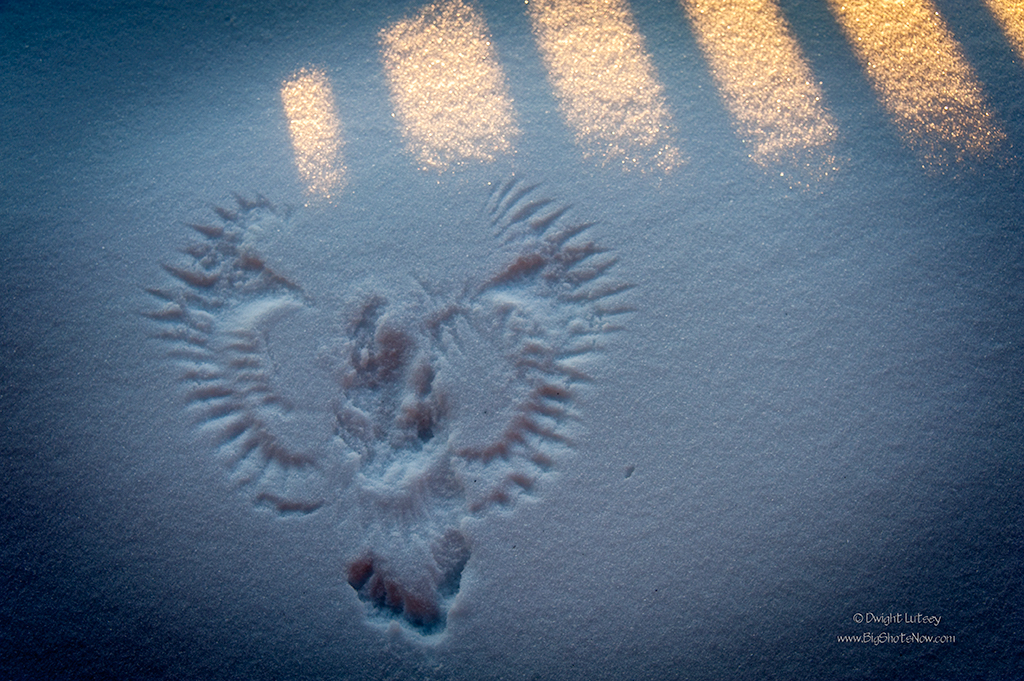
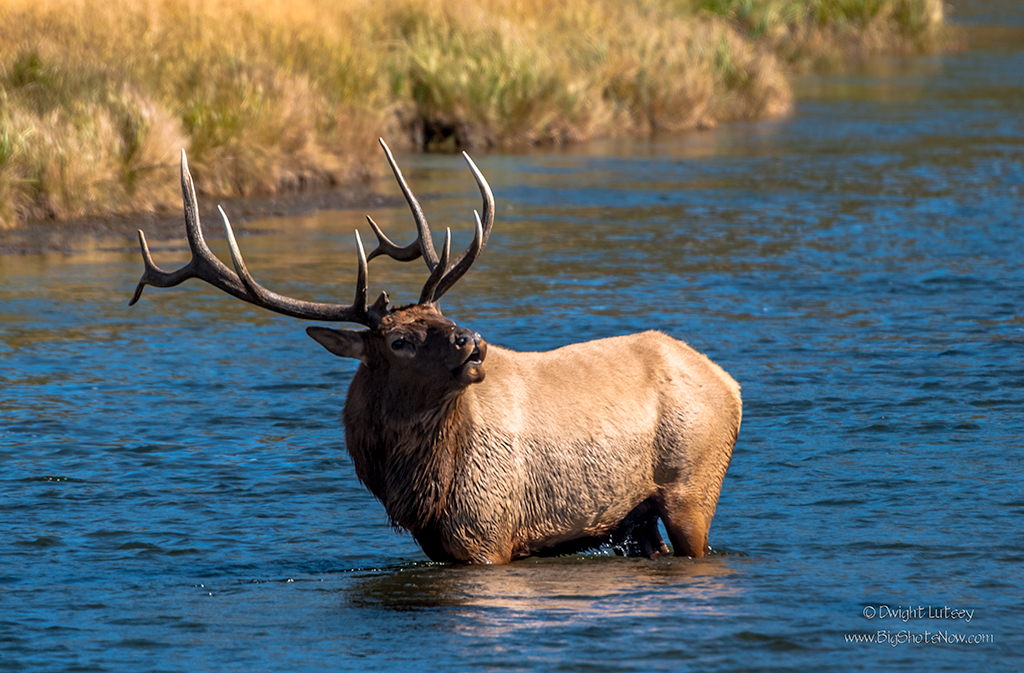
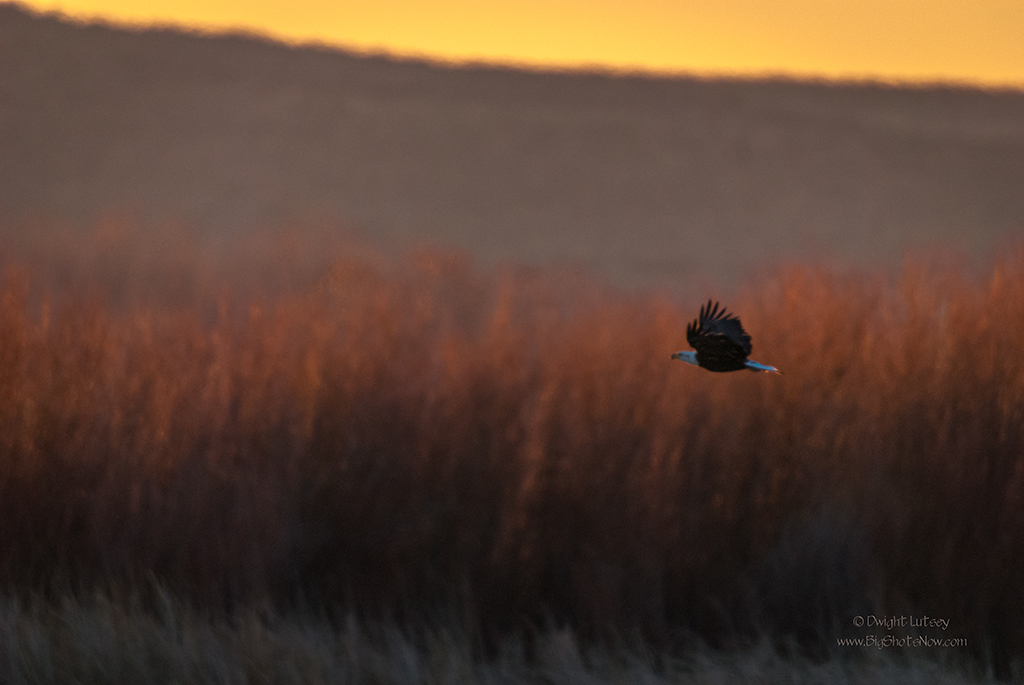
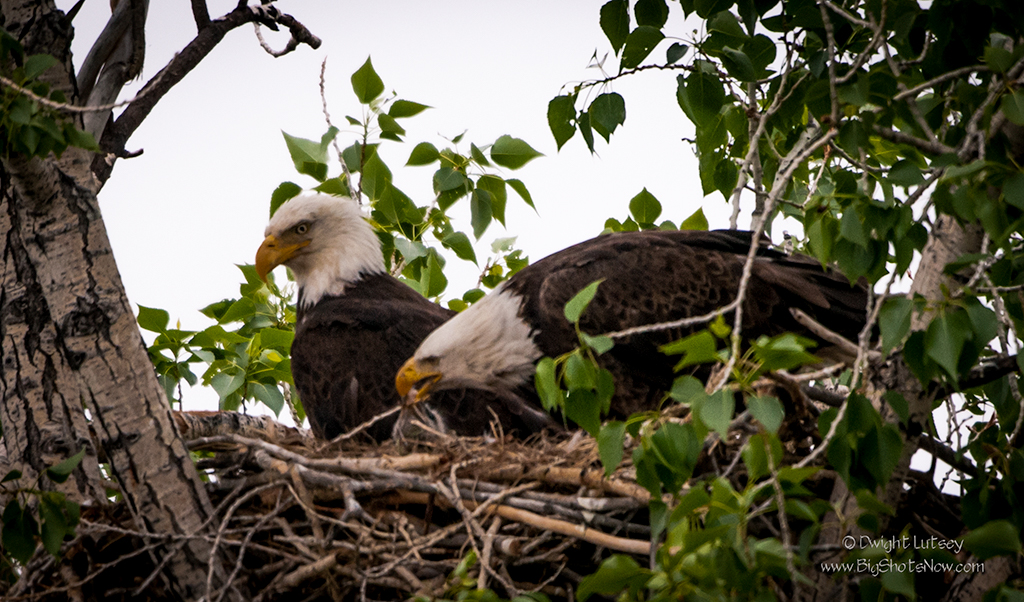
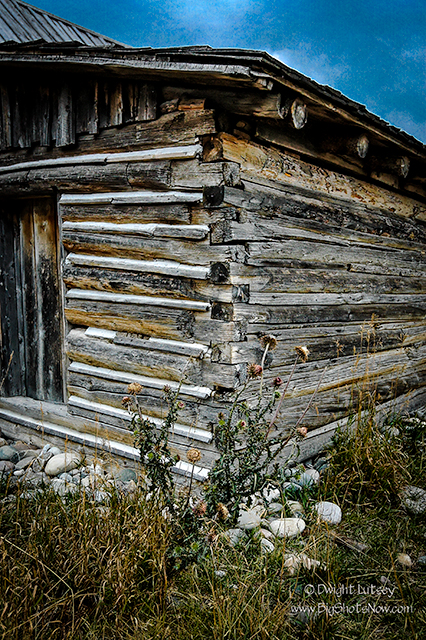
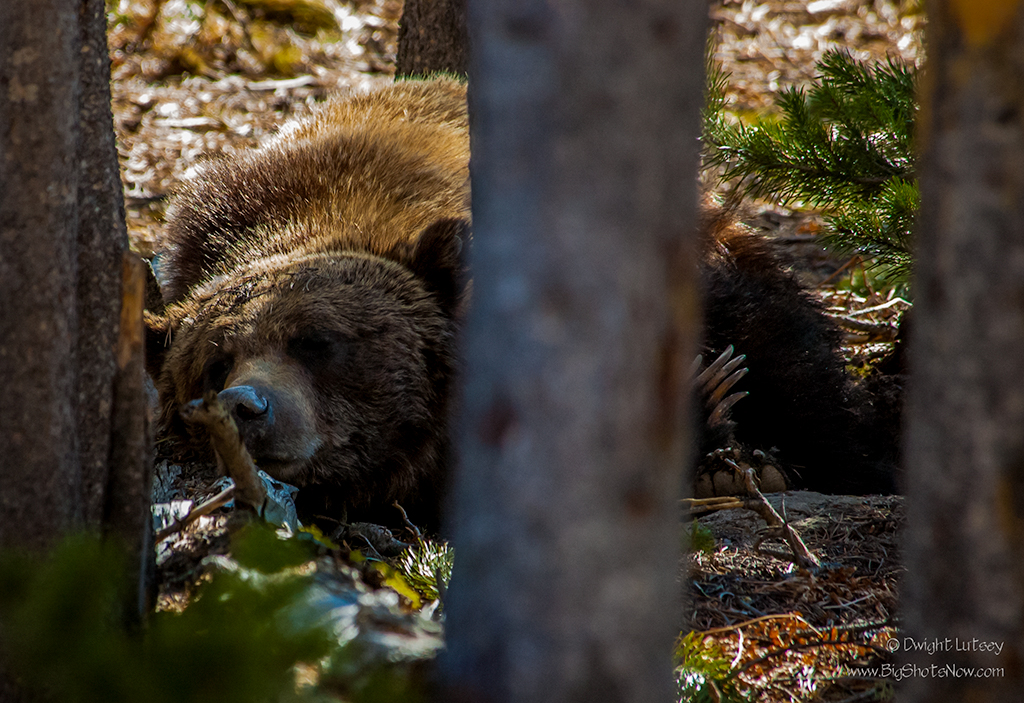
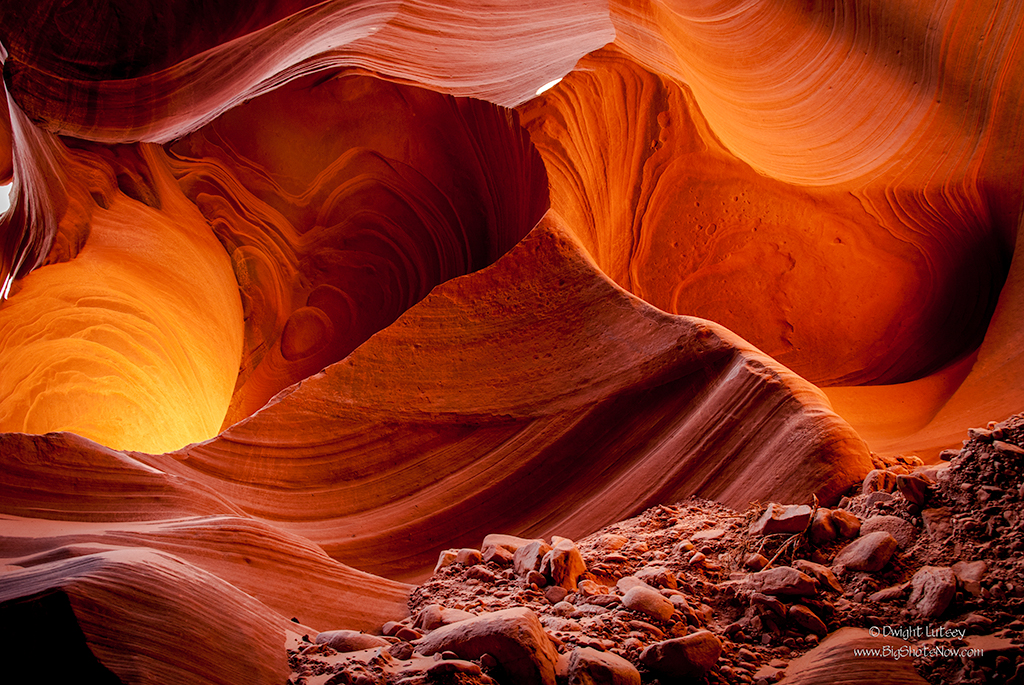
You must be logged in to post a comment.